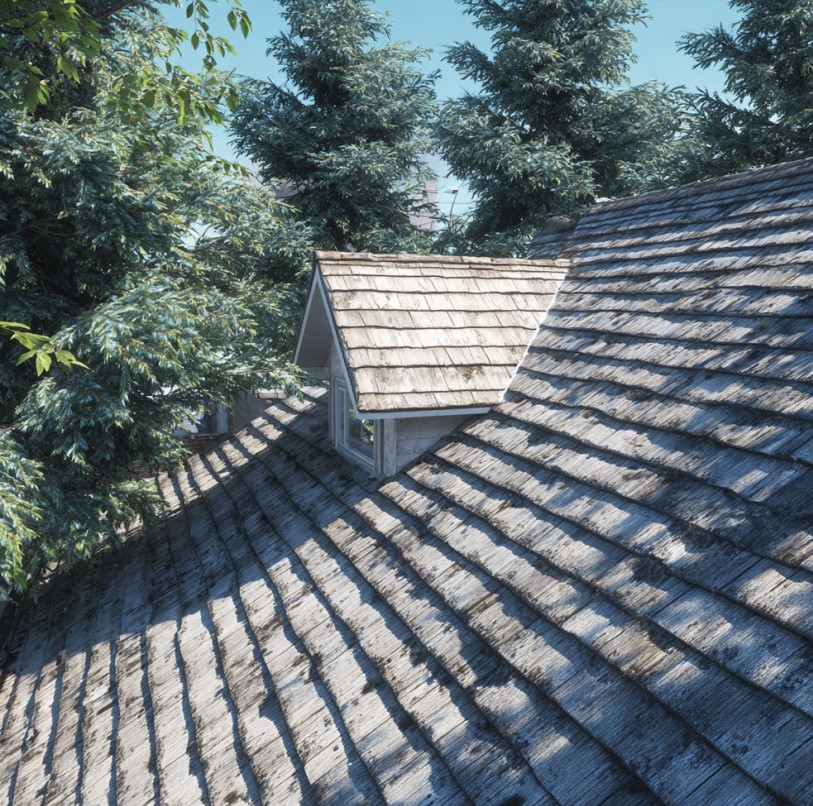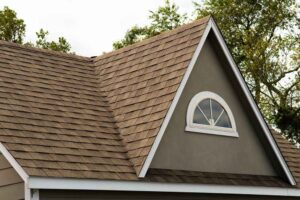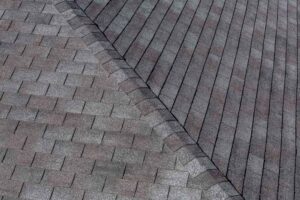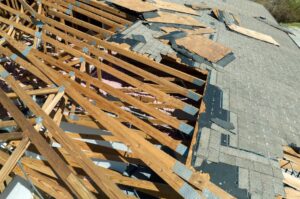Savannah’s charm comes from its cobblestone streets, antebellum architecture, and the famous oak trees draped in Spanish moss. But what makes this city beautiful can also quietly wear down your roof. Homes located near the Historic District’s mature tree canopy often experience faster wear on their asphalt shingles than homes in open areas.
The team at Best Choice Roofing of Savannah has seen how tree cover affects roof health over time. Here’s what homeowners need to know about what’s happening overhead and what steps to take to protect their investment.
Tree Coverage: Shade, Beauty, and Roof Damage
The trees that define Savannah’s Historic District offer charm and relief from the heat, but they also create roofing challenges. Dense shade, falling debris, and nearby branches all influence how a roof holds up in the long term.
Slower Drying Time
Shaded roofs retain moisture longer after rain. Prolonged dampness encourages the growth of algae, moss, and mildew. These organisms slowly break down shingle materials and reduce the effectiveness of the protective granule layer. Without regular sun exposure, even light rain can leave lasting damage.

More Organic Debris
Leaves, twigs, and moss gather in roof valleys and gutters, creating areas where moisture collects. Water that pools on the surface of the roof wears away at the shingles and increases the risk of rot below. Clogged gutters also lead to water backing up under the roofline, which can affect both roofing and siding materials.
Pests and Critters
Tree limbs that reach over rooftops offer a direct path for squirrels, raccoons, and insects. These pests may damage roofing materials, build nests inside attic spaces, or chew through vents and insulation. Termites and carpenter ants are especially common in damp, shaded environments and may cause further damage inside your home.
Signs of Roof Stress Near Trees
If your home is surrounded by large, mature trees, especially in the Historic District, watch for signs that your roof may be struggling:
- Dark streaks or algae growth on shingles
- Moss or lichen patches in shaded areas
- Overflowing or frequently clogged gutters
- Missing granules or uneven shingle surfaces
- Visible dips or sagging areas on the roof
- Accumulated twigs and small branches in valleys
These signs often appear slowly, but they point to larger problems if left unaddressed.
What Makes Savannah Roofs More Vulnerable
Savannah’s warm, humid climate and frequent summer storms put extra pressure on roofing systems. Add in constant shade and pollen from heavy tree cover, and you’ve got a formula for faster wear. Older homes in the Historic District may also lack modern ventilation, which makes it harder for moisture to escape the roof system.
Homeowners in these neighborhoods are often surprised to find that shingles marketed as 25- or 30-year products begin failing after 15 to 18 years. The mismatch between expectation and real-world performance can lead to costly repairs, insurance gaps, or reduced property value.
Best Choice Roofing of Savannah: Your Tree-Savvy Roofing Partner
Best Choice Roofing of Savannah specializes in roof care for homes near the Historic District and similar neighborhoods. We know what to look for when tree coverage affects roof performance, and we offer tailored solutions that extend roof life despite local challenges
